Scaling up our export diversification
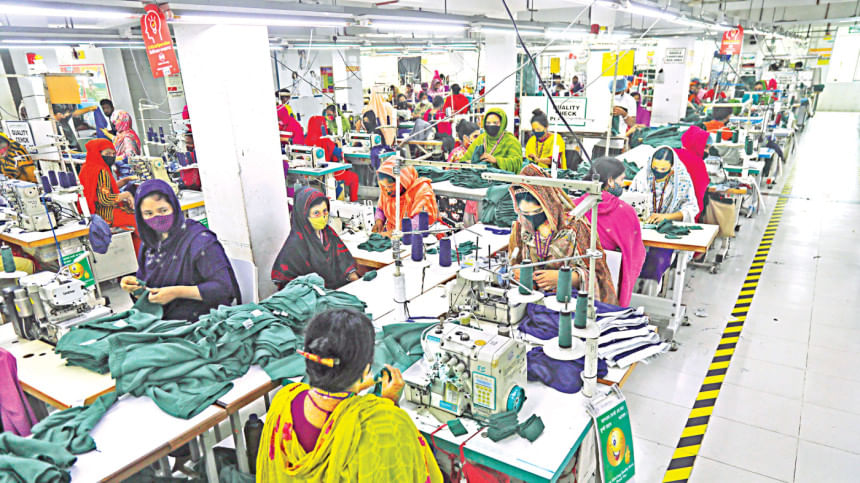
When President Obama revoked Bangladesh's Generalised System of Preferences (GSP) status in 2013, the direct economic shock was mild. Garments, the country's powerhouse export, had always been excluded from these trade privileges. Ironically, in the years that followed, garment exports continued their brisk ascent in the US market even as they faced some of the stiffest tariff barriers of any major supplier. By contrast, non-garment sectors such as leather, ceramics, pharmaceuticals, furniture, jute and agro-processing struggled to gain similar momentum.
This divergence invites reflection. Faced with the same tariff storms, what propelled one sector forward while the others remained exposed to every unpredictable headwind of global change? In tracing the garment sector's journey, there are lessons for Bangladesh as it seeks to diversify exports and navigate the uncertain tides of LDC graduation.
RISE OF RMG
To understand Bangladesh's garment ascent, we must return to the 1970s, when the industry resembled a band of agile explorers, quick to adapt but largely unproven. The turning point came in 1979 with the landmark Daewoo–Desh Garments partnership. South Korea did more than dispatch machinery; it transferred the spirit of enterprise and institutional frameworks. Compliance standards, buyer connections and production expertise were woven into the evolving fabric of Bangladesh's garment industry.
Soon after, the Multi-Fibre Arrangement (MFA) emerged, rerouting garment orders from established East Asian powerhouses to newcomers like Bangladesh. It acted as an incubator, allowing the RMG sector to flourish, sheltered from overwhelming competition. Policies tailored to garments, bonded warehouses, back-to-back letters of credit and export processing zones reinforced this growth. Cash incentives sweetened the deal but were never the main driver.
The EU's Everything but Arms (EBA) initiative offered Duty-Free Quota-Free (DFQF) access to Least Developed Countries. With relaxed Rules of Origin, Bangladesh became one of the EU's largest apparel suppliers. This preferential access boosted exports and incentivised backward integration.
Perhaps the most profound transformation was the sector's role in advancing female empowerment. Garment work became a gateway for millions of women from rural and economically disadvantaged backgrounds. Factory jobs brought greater autonomy, delayed marriage and improved health and education for children.
This evolution created a compelling global narrative. International brands such as H&M and Walmart began championing Bangladesh's female workforce as evidence of their commitment to sustainability and social responsibility.
Development organisations rolled out initiatives like NARI, offering transitional housing, skills training and employment opportunities for women migrating from impoverished northern regions.
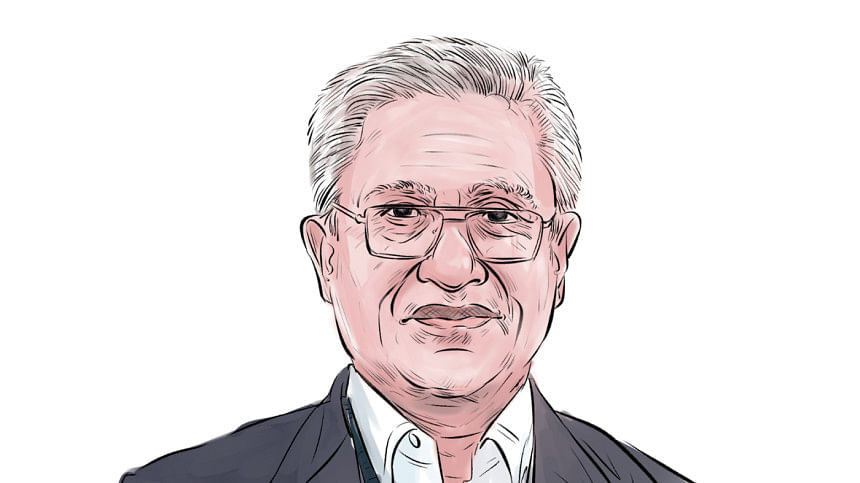
NEAR, YET FAR
Bolstered by a compelling social narrative, Bangladesh's garment sector became a force to be reckoned with. Despite daunting tariffs, global buyers were persuaded not simply by competitive pricing but by the sector's track record of reliability, capacity and social impact.
The institutional backbone was built over years, crystallising around two organisations: Bangladesh Garment Manufacturers and Exporters Association (BGMEA) and Bangladesh Knitwear Manufacturers and Exporters Association (BKMEA). Originally set up to advocate for industry interests, they evolved into de facto regulatory authorities. BGMEA became the voice of the woven garment industry, negotiating with government bodies, foreign buyers and development agencies. BKMEA championed knitwear with a focus on workforce training and ethical labour practices.
As their influence grew, leaders from these associations took seats in parliament, joined advisory boards and engaged donor communities.
Each new export achievement amplified their clout; their roles extended beyond policy advocacy to actual policy design. From shaping rules around bonded warehouses to setting the stage for minimum wage discussions, BGMEA and BKMEA moved ahead of traditional regulators. Ultimately, the garment sector did far more than stitch together an export powerhouse; it engineered a new political economy.
Their success bred momentum. More factories led to a swelling membership; more members brought increased resources, enabling greater institutional capacity. Owners prospered while workers earned wages at least 50 percent below the estimated living wage for Dhaka, according to the Global Living Wage Coalition 2022 benchmark.
STAGNANT NON-GARMENTS
The grass is not as green on the other side! Not even close. Unlike the garment industry, non-RMG sectors never experienced a transformative partnership akin to the Daewoo–Desh moment. Industries remain fragmented, driven by individual entrepreneurs but hampered by limited capital and weak organisation.
Leather exporters contend with EU REACH regulations and US ASTM standards; ceramics face FDA and product safety hurdles; agro-processors must navigate phytosanitary rules. These are not boxes to tick but barriers to international trust.
These industries bear full Most Favoured Nation tariffs without the branding clout to absorb costs. Supply chains are shallow, buyer networks are sparse, and policy support is underdeveloped.
Pharmaceuticals depend on imported ingredients for over 90 percent of production, exposing them to global shocks. Over the past two decades, SMEs have emerged in leather, ceramics, agro-processing, jute and light engineering, but most fail to achieve scale or export success.
While numbers vary between fields, both anecdotal accounts and trade data indicate that fewer than 10 percent of non-RMG firms manage to survive beyond five years while maintaining export viability.
Their struggle is not necessarily fueled by a lack of demand. Instead, they are hemmed in by costly certification requirements, limited access to buyers, tariff burdens, and fragile institutional architecture. The sheer volume of these businesses hints at untapped vigour -- a deep reservoir of potential waiting to be realised. The missing piece is not ambition, but the institutional platforms needed to bridge ideas and opportunity.
Imagine leather, ceramics, jute, or agro-processing equipped with their own powerful associations -- entities capable of advocating for their industries, guiding producers toward global compliance, and pushing for supportive reforms. Envision a leather hub, complete with export councils, testing facilities, CETP, and training centres. Or picture a ceramics alliance connecting producers with safety certification and global branding expertise. Or visualise a pharmaceutical coalition mobilising regulatory experts, TRIPS strategists, and trade negotiators to navigate the post-LDC terrain.
GOING FORWARD
The model that made Bangladesh the world's second-largest apparel exporter is under strain. Cheap labour and back-to-back LCs are no longer enough in a world demanding traceability, automation and ethical sourcing. Which factory stitched the shirt? Where did the cotton come from? Were the workers paid fairly, and were the dyes used environmentally safe?
Non-RMG sectors are disjoint and rarely heard. With dedicated institutions tailored to their needs, they too could become engines of progress. These industries need their own watershed event -- a catalytic "Daewoo moment" that can spark transformation. It calls for reimagining policy encompassing bonded warehousing, export financing, comprehensive certification and a shift in branding -- each with its own origin story and vision for the future.
The writer is former lead economist at World Bank's Dhaka office

 For all latest news, follow The Daily Star's Google News channel.
For all latest news, follow The Daily Star's Google News channel. 




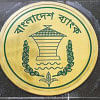
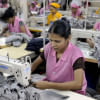

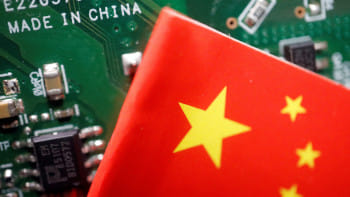
Comments